What Is a Word Used to Describe an Infectious Agent
List the major types of infectious agents and be able to distinguish between living and non-living agents. Learn about the definitions of four types of infectious agents.
The words contagious and infectious are often used interchangeably but knowing the difference between them can in some cases be life-saving.
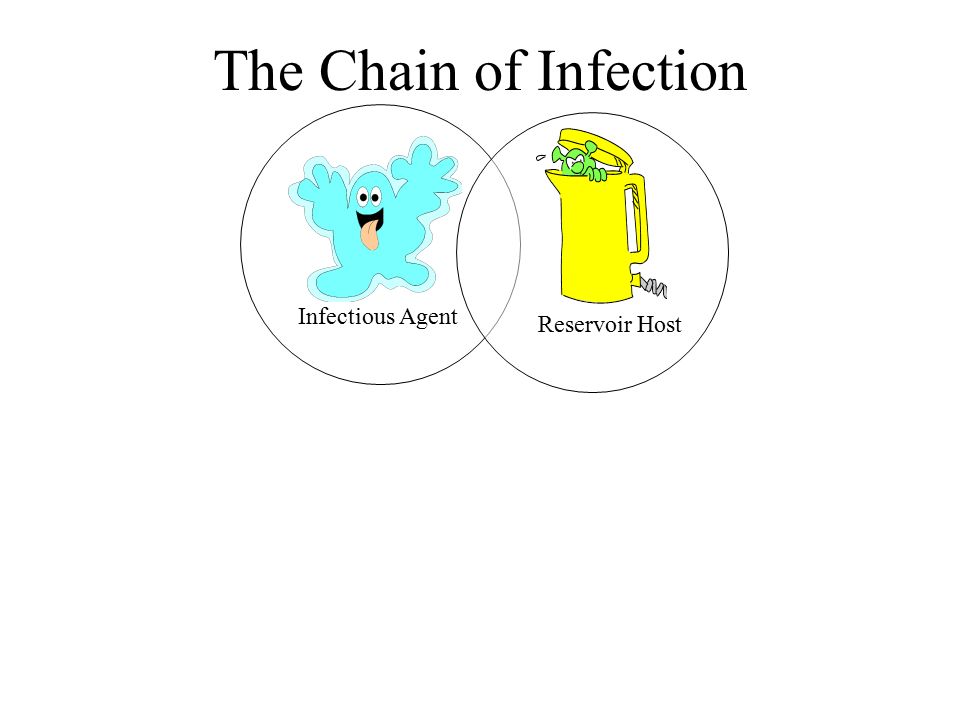
. Infectious agents come in many shapes and sizes. In biology a pathogen in the oldest and broadest sense is any organism that can produce disease. List and describe the 4 general patterns of viral.
Infectious diseases are caused by diverse living agents that replicate in their hosts. Viruses are even smaller. Infectious Diseases Create.
Infectious agents are tiny organisms that can invade your body sometimes causing sickness. An agents effect on cells is known as its of. A chemical agent used on inanimate non-living objects to destroy virtually all recognized pathogenic microorganisms but not necessarily all microbial forms eg bacterial spores.
Viroid is an infectious agent that lacks a capsid and merely consists of a strand of RNA. The name is from a Latin word meaning slimy liquid or poison The earliest indications of the biological nature of viruses came from studies in 1892 by the Russian scientist Dmitry I. Bacteria viruses fungi and parasites.
Transmitting or capable of transmitting infection. Typically the term is used to describe an infectious microorganism or agent such as a virus bacterium protozoan prion viroid or fungus. The term virus was first used to describe the infectious agent of which of the following.
Virus infectious agent of small size and simple composition that can multiply only in living cells of animals plants or bacteria. Viruses must have a host cell. A pathogen may also be referred to as an infectious agent or simply a germ.
What does obligate mean in regard to viruses. Virus cultivation is an important skill because viral stocks are needed for vaccines. The goal of antimicrobial chemotherapy is to _____ the infective agent without harming the _____.
Infectious diseases are the diseases caused by various pathogenic microorganisms such as virus bacteria protozoan fungi and other parasites. Ivanovsky and in 1898 by the Dutch scientist Martinus W. The destruction of pathogenic and other kinds of microorganisms by physical or chemical.
Protozoa and worms are usually grouped together as parasites and are the subject of the discipline of parasitology whereas viruses bacteria and fungi are the subject of. The word _____ is used to describe viruses which have a non icosahedral or non helical arrangement of capsomer proteins. The infectious agent does not need to be present all the time.
A n _____ is the term used for any infectious agent causing disease such as parasites bacteria and viruses pathogen Small membrane-bound components found inside of an eukaryotic cell such as mitochondria and lysosomes reffered to as. What is a word used to describe an infectious agent. The term pathogen came into use in the 1880s.
Infections not only affect humans and other animals but plants as well. Nature contains a number of organisms that can become. These infectious diseases can be transmitted by animals humans insects or other agents.
A disease resulting from infection contagious infections infections of childhood. Bacteria and protozoans are microscopic one-celled organisms. Fungi grow like plants.
Cell tissue culture is considered an in _____ method to propagate virus. Disease of tobacco plants. Caused by or resulting from an infection with one or more pathogenic agents infectious mononucleosis see also infectious disease.
Explain the key differences among bacteria fungi protozoa viruses and prions. Viremia is the term used to describe the presence of virus within the bloodstream. Describe how bacteria and viruses reproduce.
The state produced by the establishment of one or more pathogenic agents such as a bacteria protozoans or viruses in or on the body of a suitable host an infection in his foot. Transmissible _____encephalopathy is a disease condition of the brain caused by an infection with prions. What word is used to describe a infectious agent.
Viruses bacteria fungi protozoa and helminths worms. Vector is a term used to describe a living organism able to carry and spread an infectious disease from either animal to human or human to human WHO 2016. Phages can serve as transporters of bacterial genes from one bacterium to another in a a process called _____.
Since blood circulates throughout the entire body viruses can use the bloodstream to gain access to their cellular targets in organs other than the ones through which they entered the body. The agents that cause disease fall into five groups. This definition is apparently simple but may get more complicated.
Infectious diseases are caused by an infectious agent helminth protozoa fungus bacteria virus or prion sometimes referred to as microorganisms although helminths are really not microorganisms. Which scientist proposed the term virus. Infectious agents are present all around us and they come in different shapes and sizes.
Containing pathogenic agents which may be transmitted infectious. What term is used to describe chemical agents that work by lowering the surface tension of cell membranes. Producing or capable of producing infection bacteria and other infectious agents.
Surprisingly it Read More. Describe the defining characteristics of viruses and bacteria.
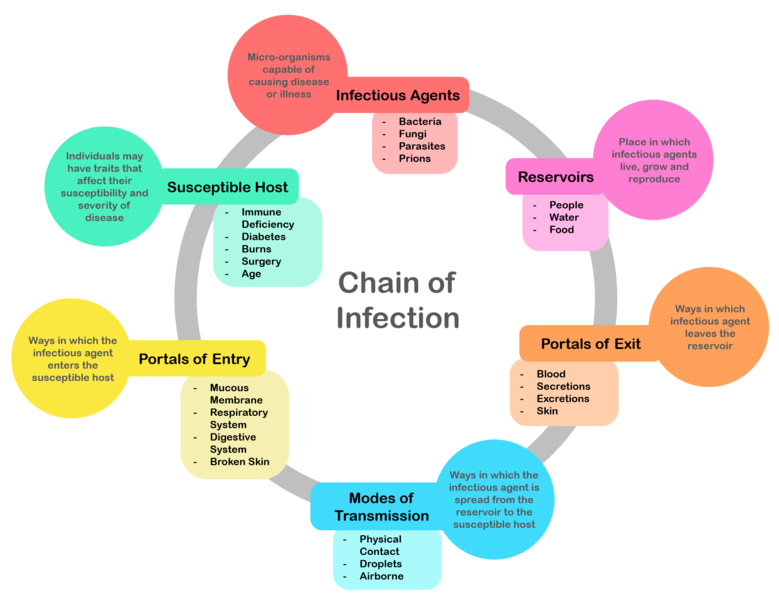
Infection Prevention And Control Physiopedia
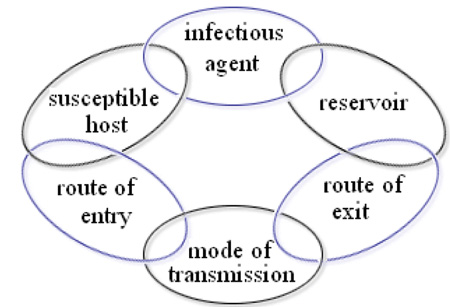
Olcreate Heat Cd Et 1 0 Communicable Diseases Module 1 Basic Concepts In The Transmission Of Communicable Diseases 1 2 Factors Involved In The Transmission Of Communicable Diseases

The Chain Of Infection Infectious Agent Ppt Video Online Download

Infectious Agents National Geographic Society

Help Break The Chain Of Infection National Foundation For Infectious Diseases

The Chain Of Infection Infectious Agent Ppt Video Online Download

Infectious Agents National Geographic Society
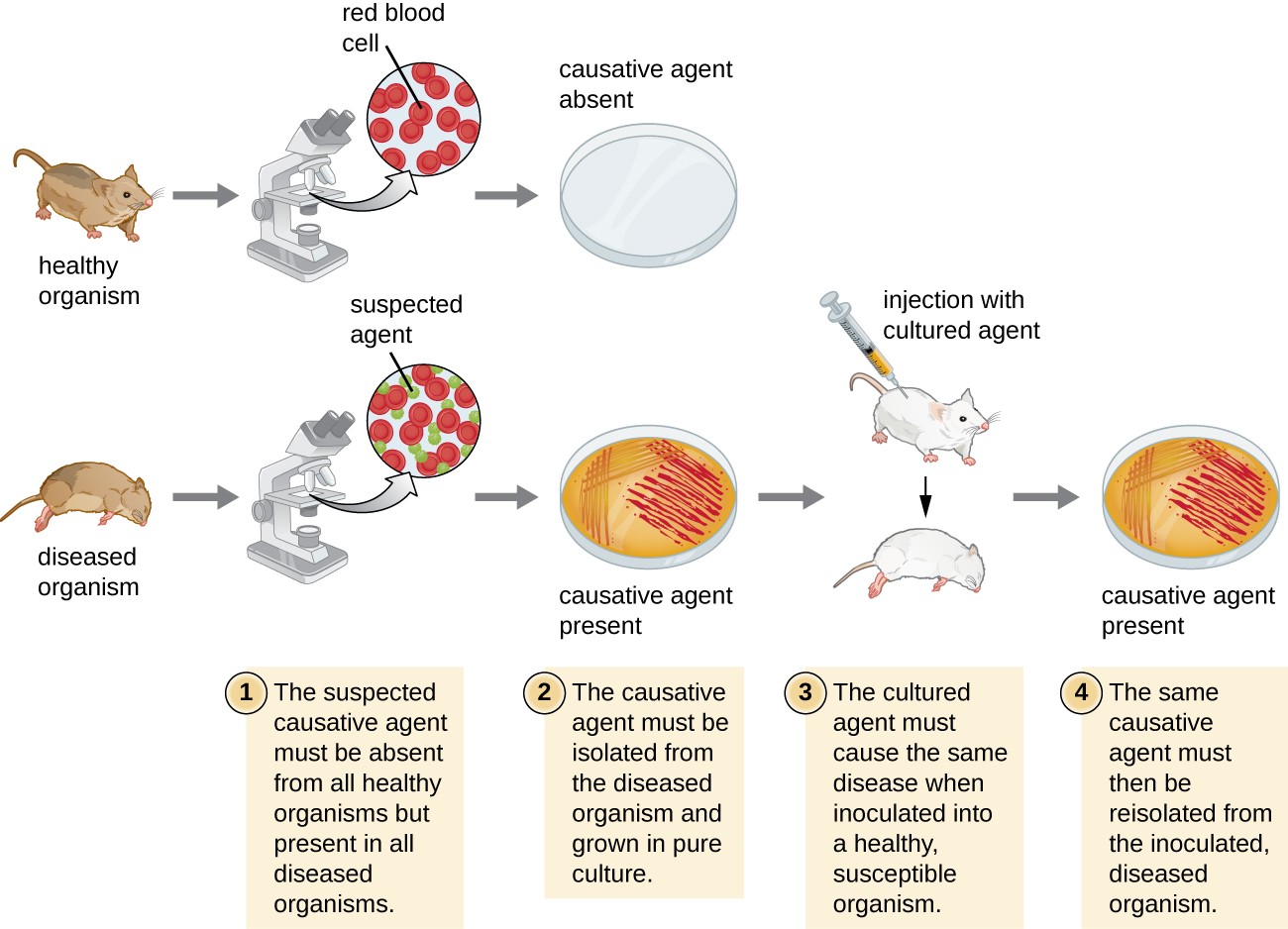
How Pathogens Cause Disease Microbiology

Modes Of Disease Transmission Microbiology

Infectious Agents National Geographic Society
Transmission Of Diseases Learn Biology Class 9 Amrita Vidyalayam Elearning Network

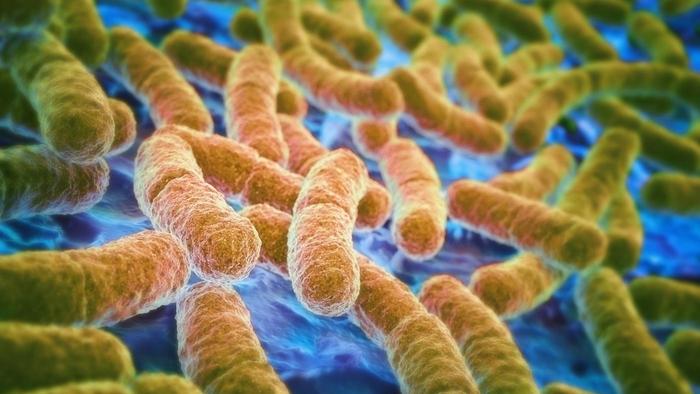
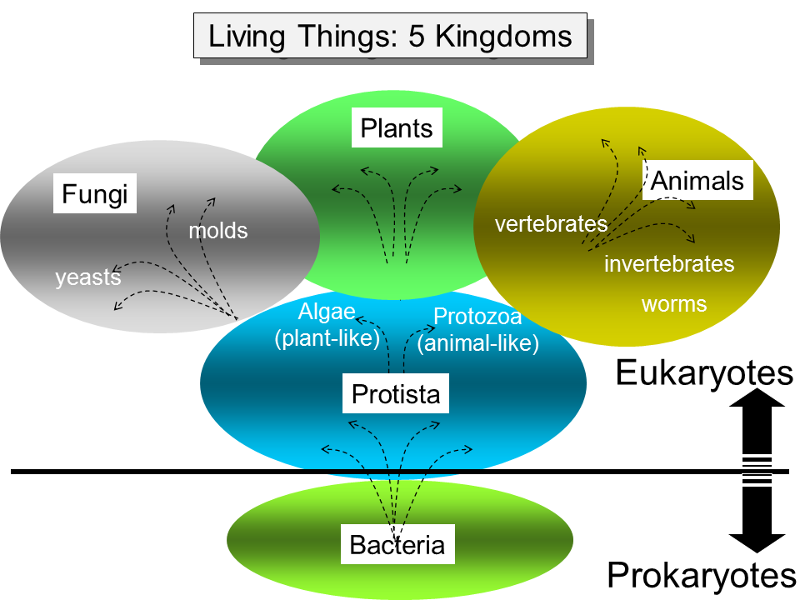
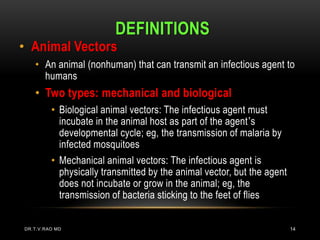
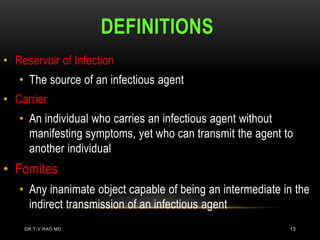

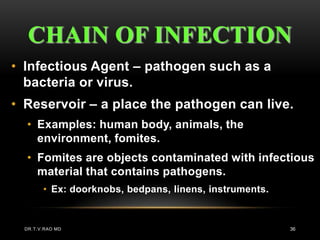

Comments
Post a Comment